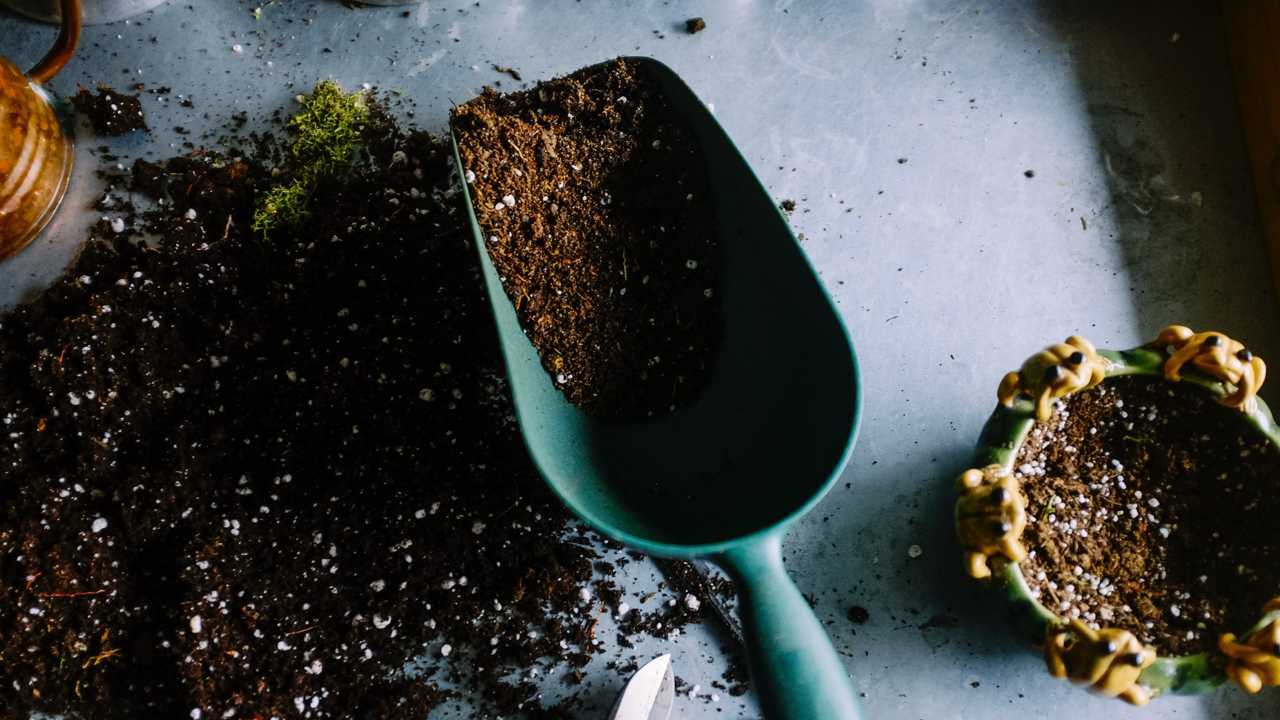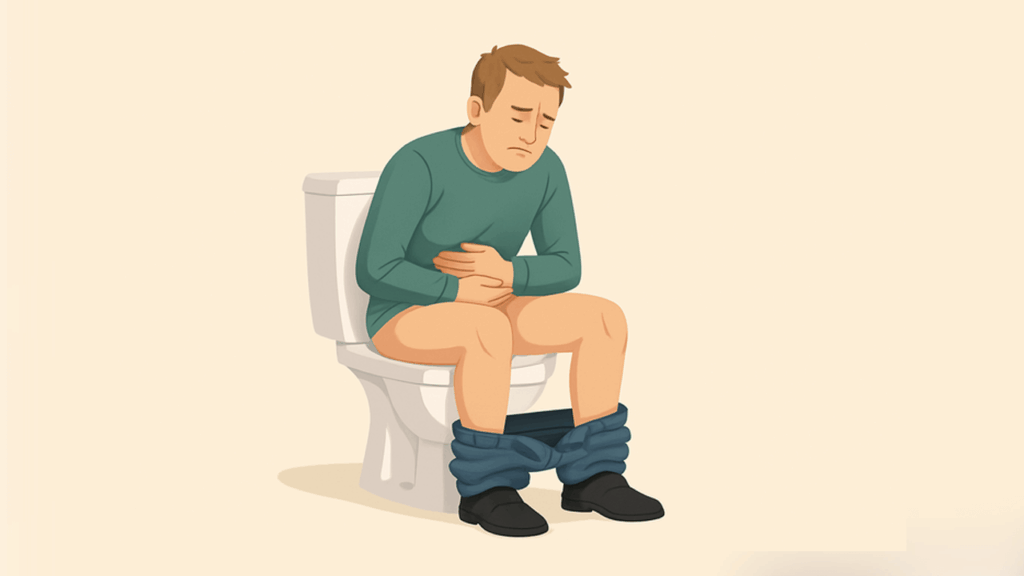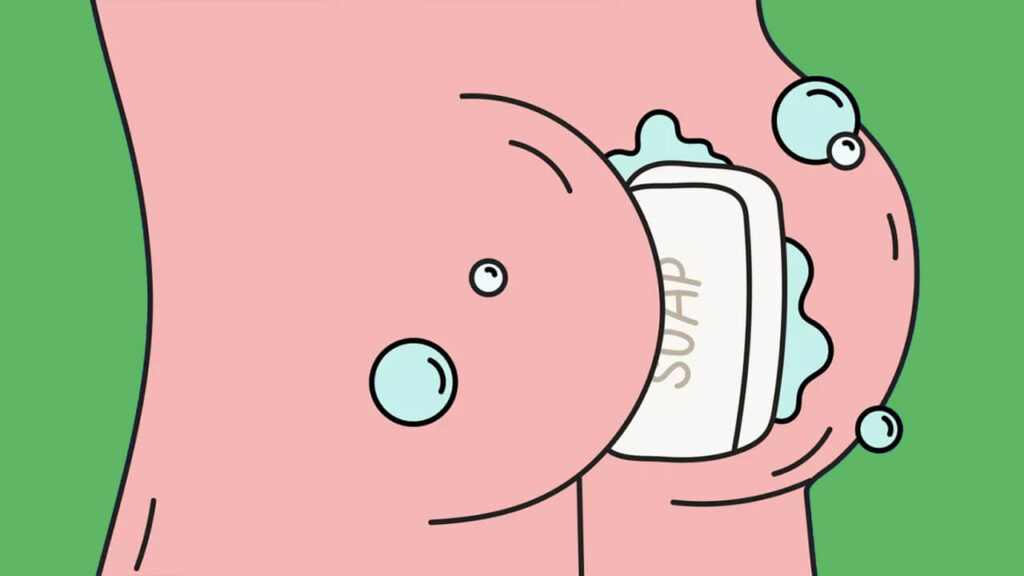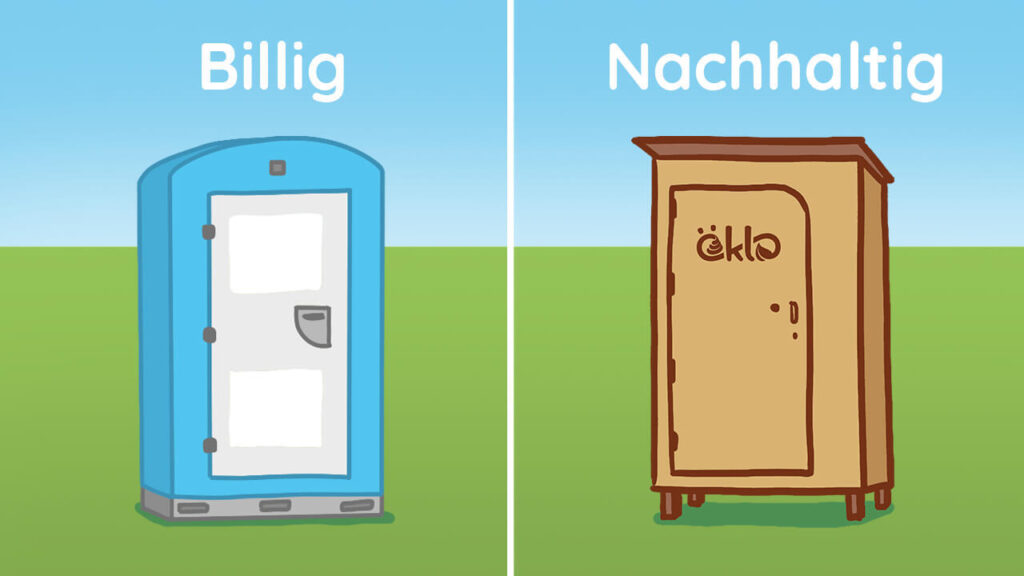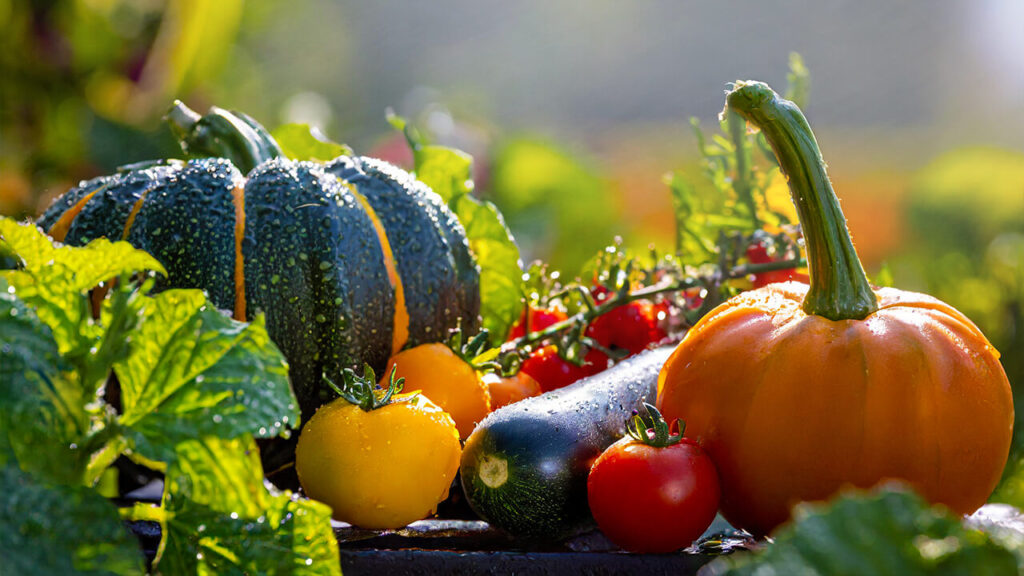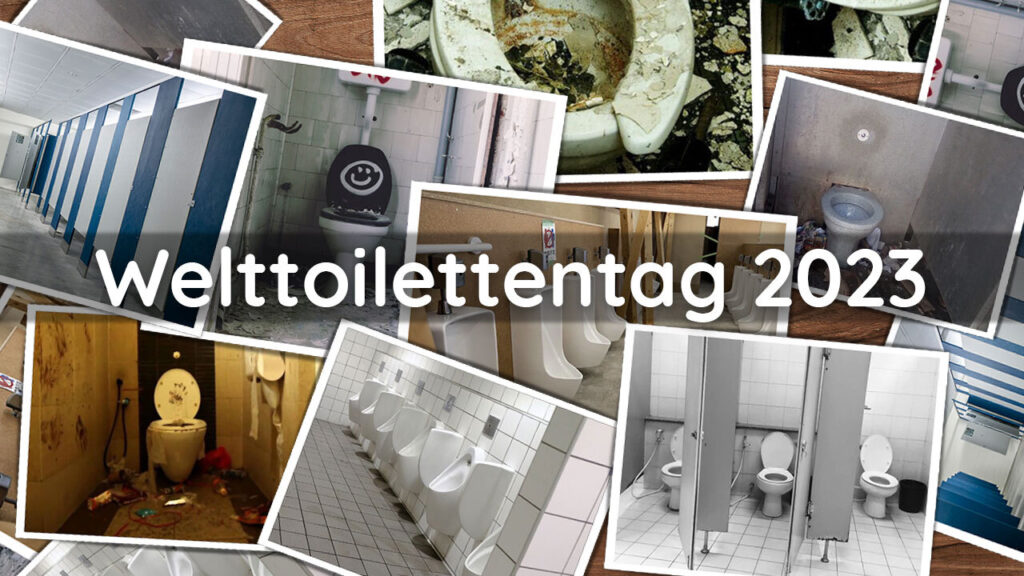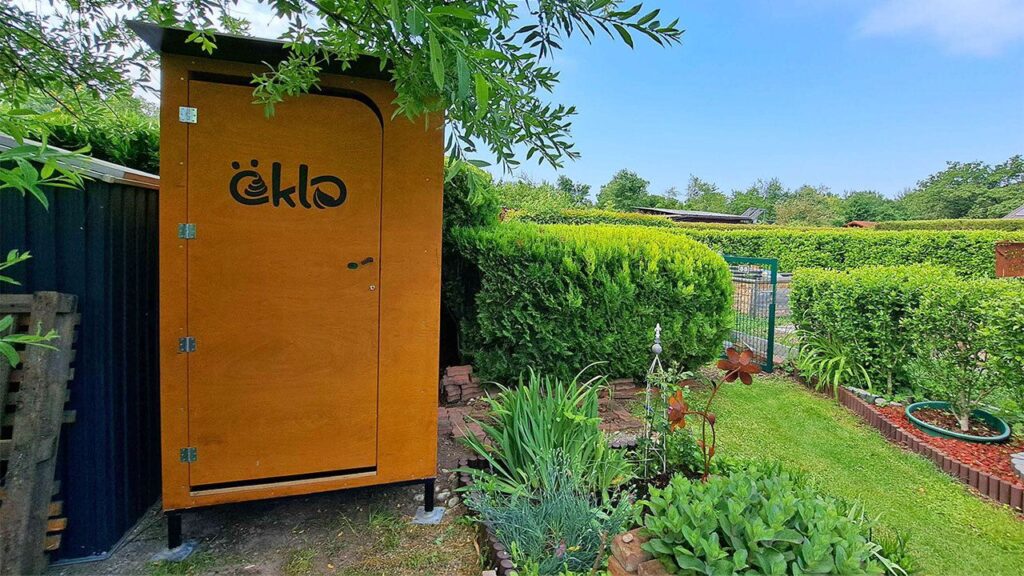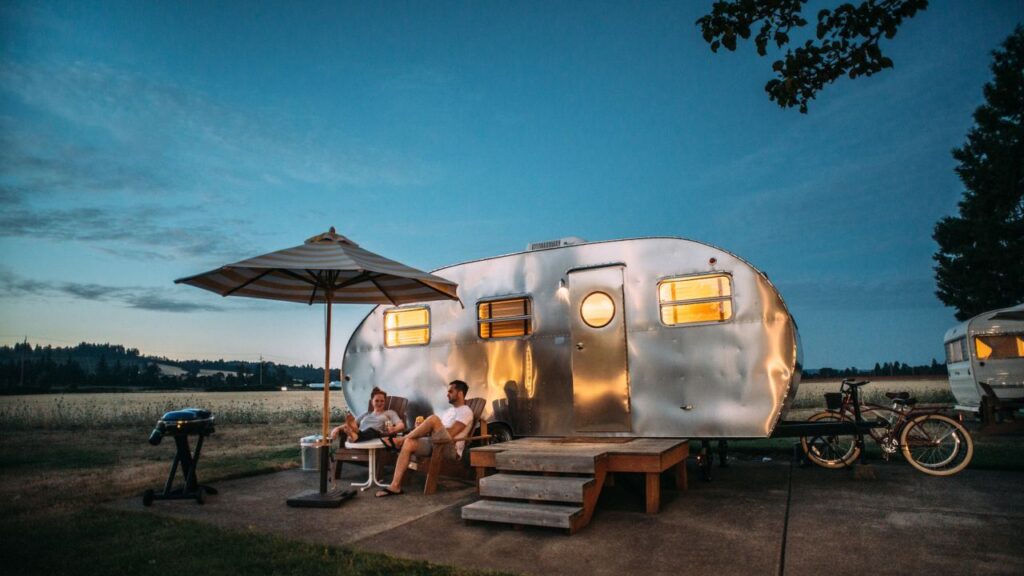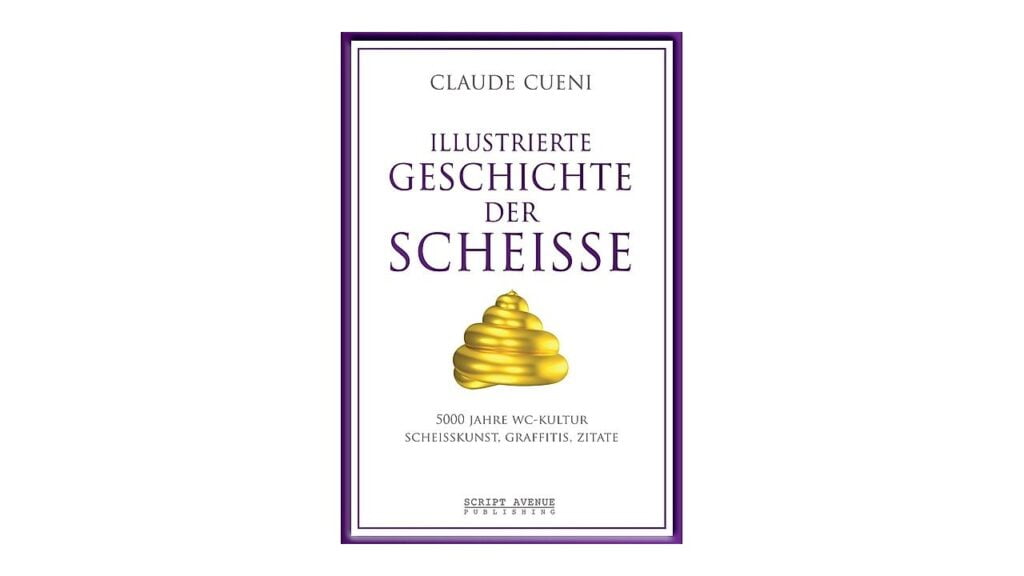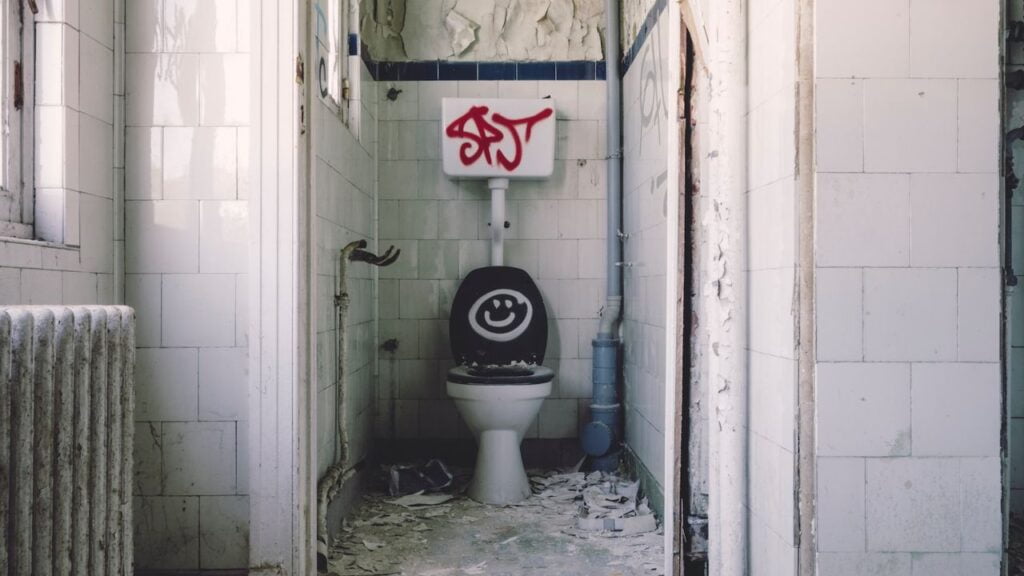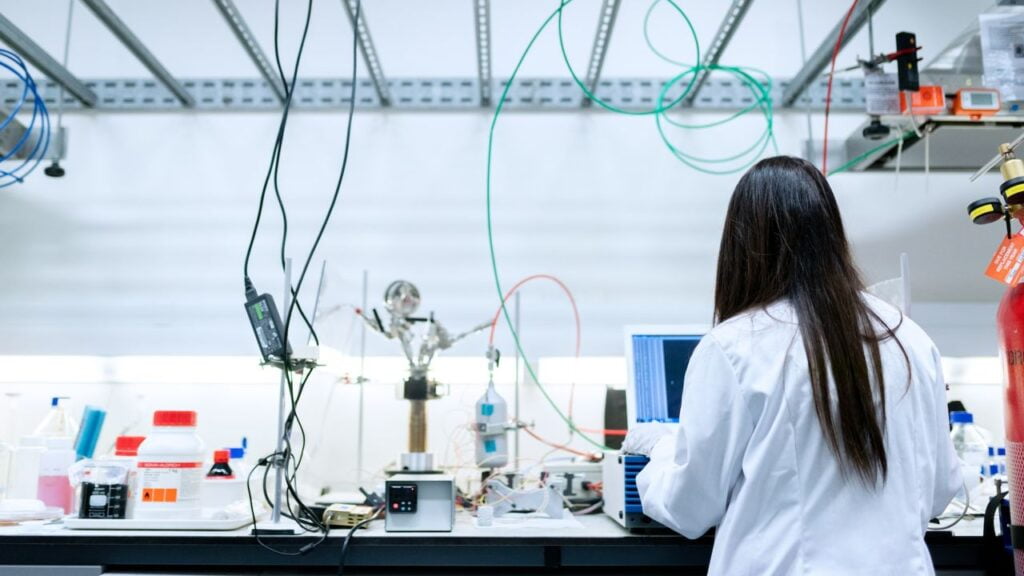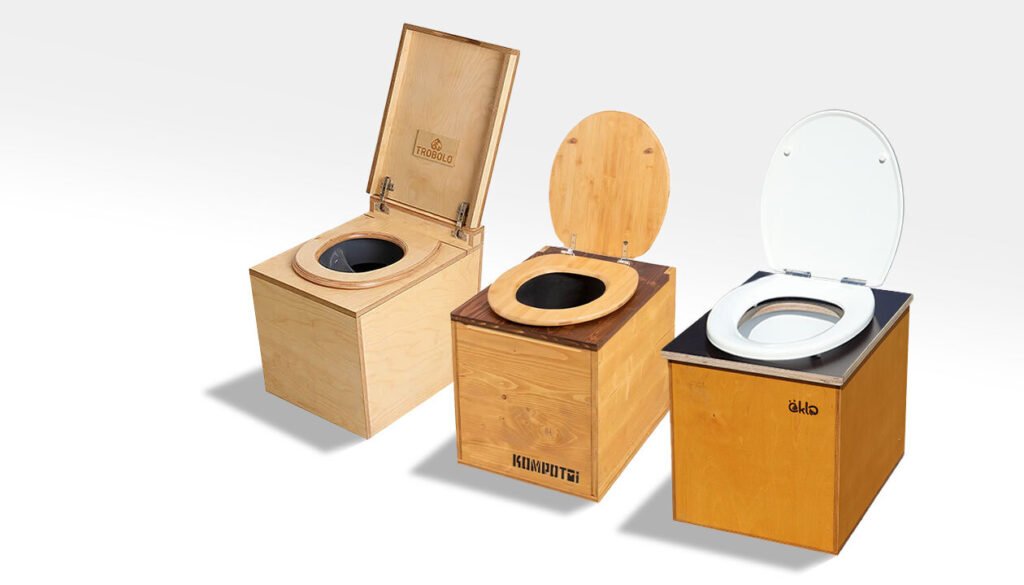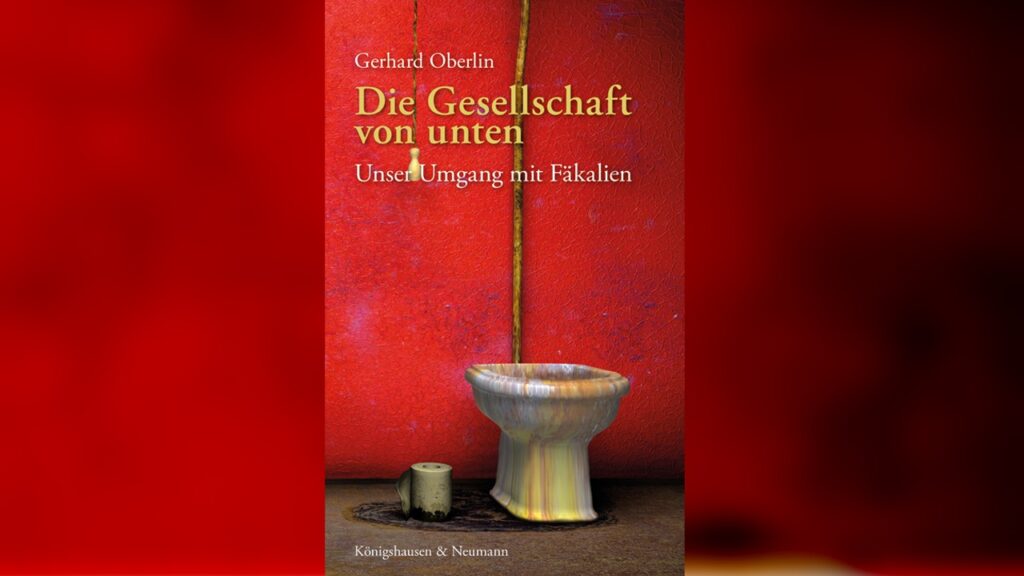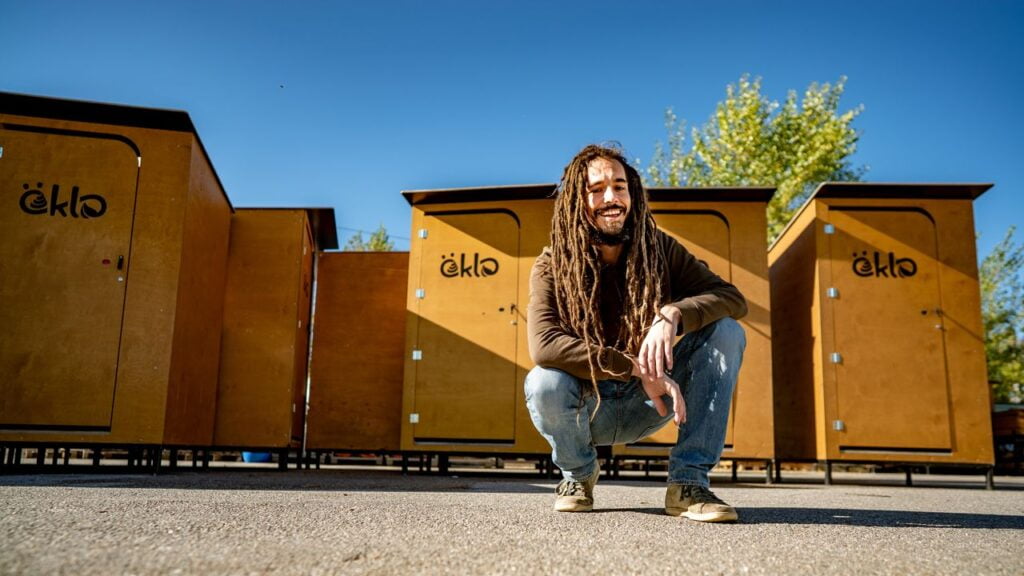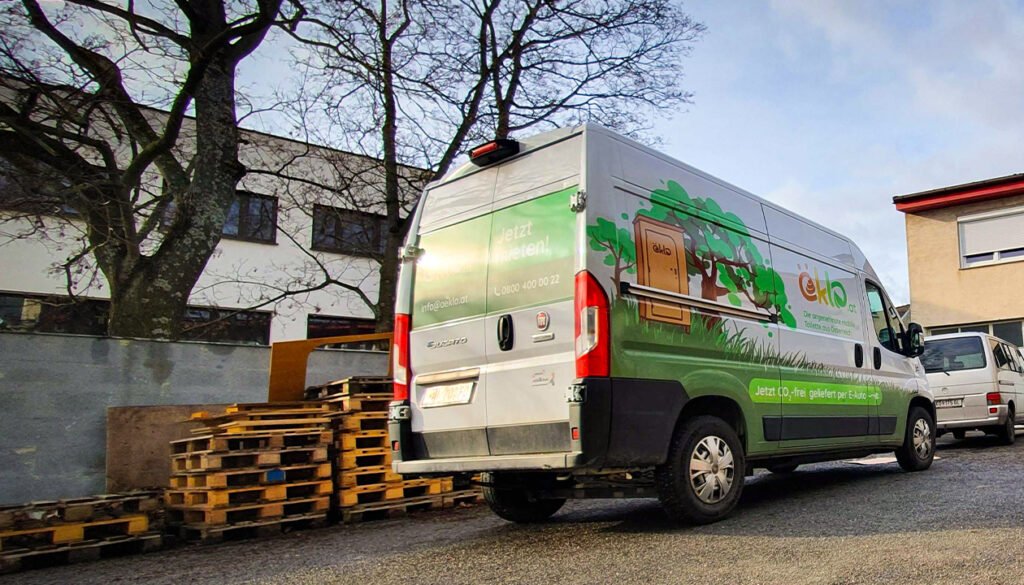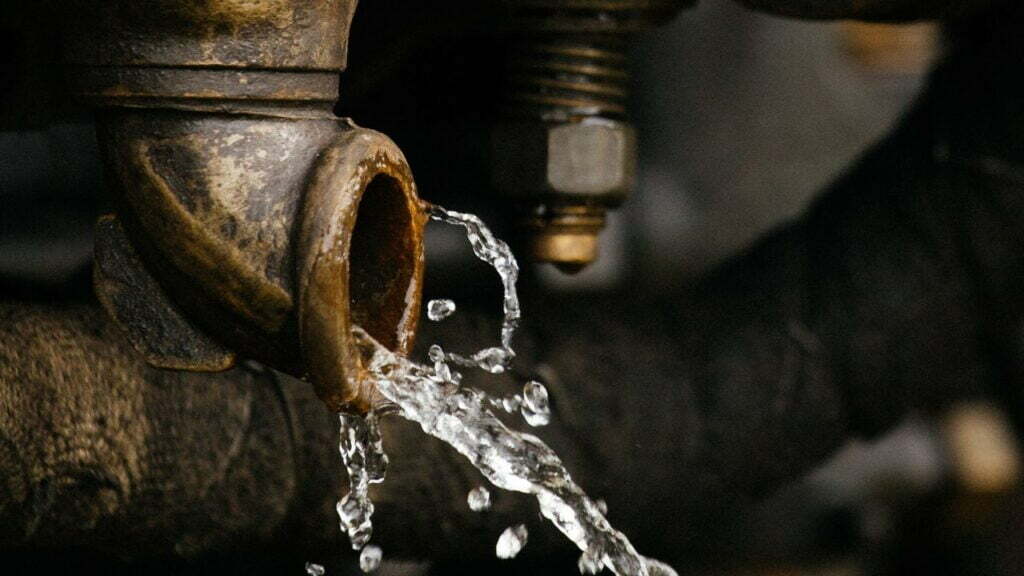Your human excreta compost will be full of healthy nutrients that may be utilized for natural fertilizer and mulching, just like conventional kitchen compost. Check to see if the compost is absolutely ready before using it. It should smell and feel like soil, and you shouldn’t be able to see any bits of the covering substance you used.
Composting at home
There are a few advantages to using a composting toilet. To begin with, they save a significant quantity of water each year and are considerably better for the environment. Another significant advantage is that, after a few weeks or months of use (depending on usage), you will have a rich top-soil-like humus product that you can use in a variety of ways.
An important point to remember is that you may only use this compost in your own garden or for private use – commercial use of compost from human waste is currently illegal in Austria.
It’s crucial to remember that you can’t use this compost on just anything, so learn where and how to use the waste from a composting toilet. Some ways you can use compost from a waterless toilet are listed below.
Distribute it on your lawn
The manure would be an excellent addition to your lawn, helping it to stay healthy. Spreading well-broken compost on your grass and watering it will quickly transform it into a lush, green lawn. Before reseeding grass where there are barren areas, mix the compost into the top 2 or 3 inches of soil.
Alternatively, you can simply sprinkle a 12-inch-thick coating over the entire lawn. This can help you avoid future bald patches and improve the texture of your grass.
It can be used for potting soil
Potted plants deplete the soil of essential nutrients as they grow. Make some potting soil. Potted plants deplete the soil of essential nutrients as they grow. Seek a compost content of 10–20% in the potting mix.
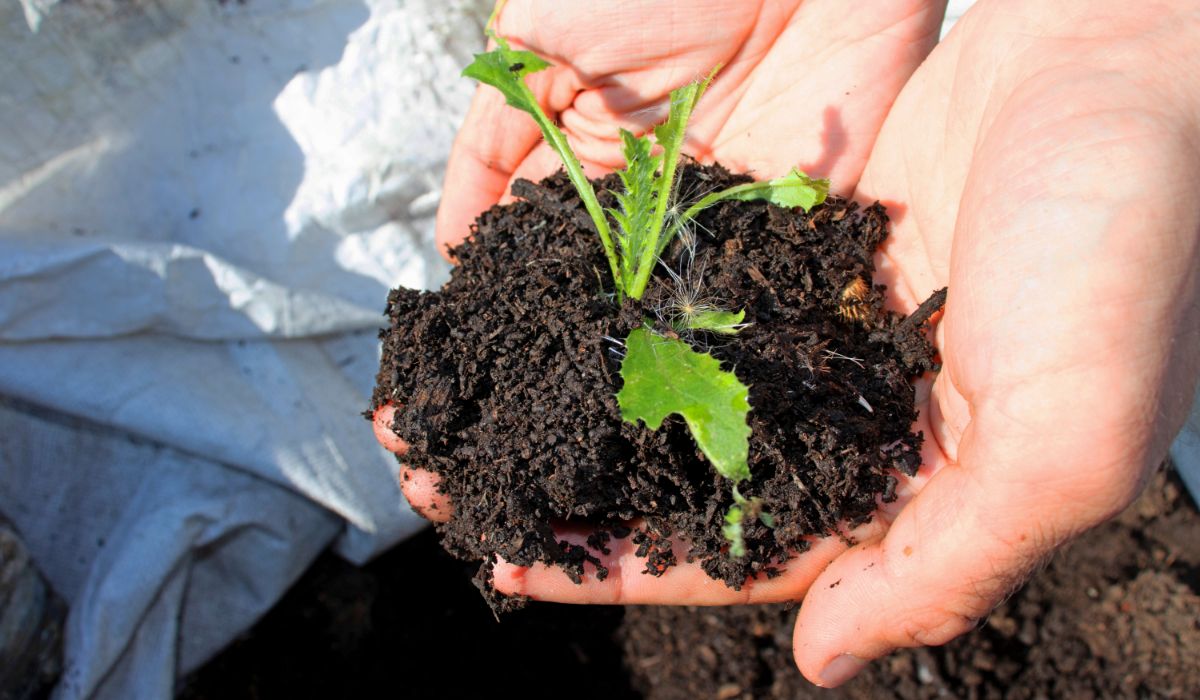
If you’re adding compost to plants you’ve previously plotted, place about an inch on top, and the nutrients will sink into the soil below naturally. Many individuals prefer to add the trash from their composting toilets to an already established compost pile in order to speed up the composting process by adding more organic garbage. If this is the case, you can apply the compost to your plants once it has broken down sufficiently and resembles topsoil.
Useful in taking care of flower beds
You can use the compost in your flower beds to help your perennials bloom year after year. One inch of compost should be incorporated into the top layer of soil, followed by another inch of mulch. The mulch will protect your flowers from hot weather, and it will also help the soil stay moist.
Use it in the vicinity of fruit trees
A composting toilet can be a great way to add nutrients to the soil around your fruit trees. You can do this by spreading compost around the base of the trees.
Distribute it throughout your non-edible garden
If you have a garden with non-edible plants, you can safely use the humus from your composting toilet in and around them. This will help your plants thrive by adding more microorganisms and nutrients to the soil.
Do not use compost to enhance the soil of edible plants directly – if the natural composting process didn’t get rid of all harmful substances, it could be bad for your health to eat the fruits or veggies. Since those pick up their nutrients through the soil, they regrettably also pick up the toxins.
These nutrients exist naturally in human waste – during the composting process that is used by companies, the gathered substance is usually further processed before the process can start.
The use of urine as soil enrichment
Many people are unaware that urine is a fascinating chemical concoction that can be used in a variety of ways.
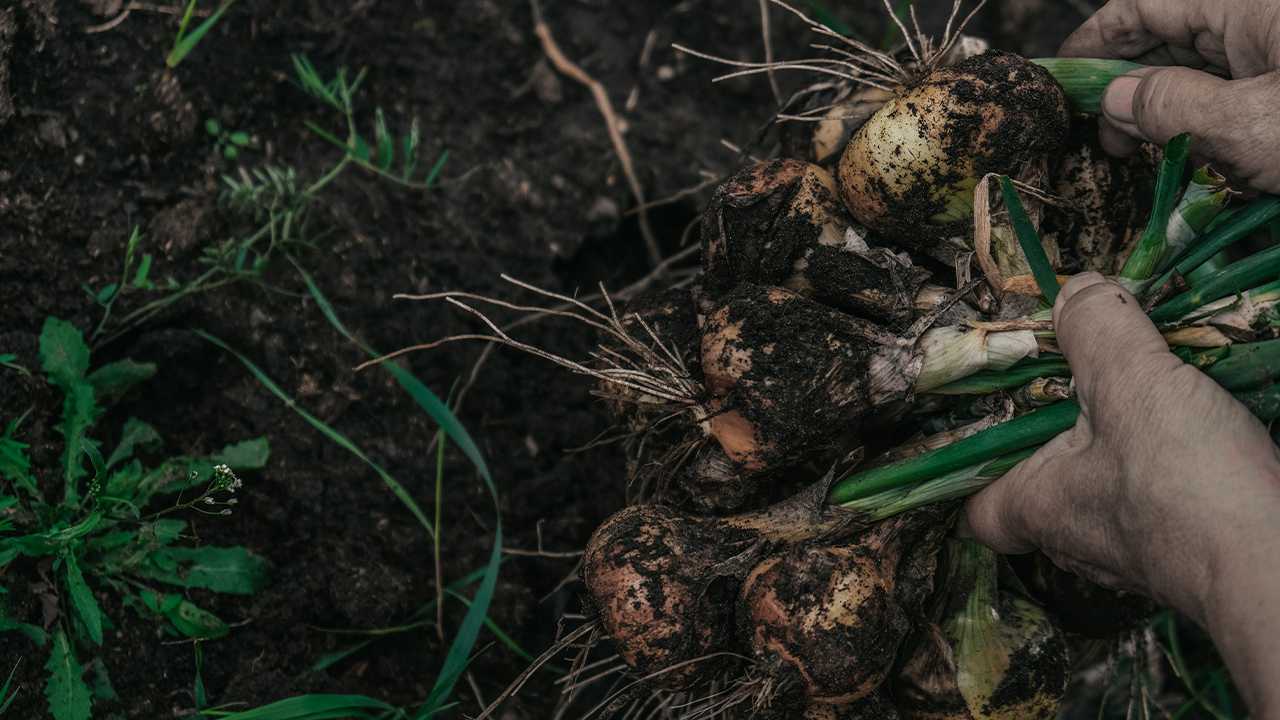
Urine as a compost enhancer
Urine is an excellent addition to your plant compost pile because of its high nitrogen content. If you’re going to compost it, you’ll need to include carbon-rich materials like dried leaves, sawdust, straw, and so on. Organic material that is green and moist is high in nitrogen, while brown and dry organic material is high in carbon.
If you’re planning to add lawn clippings to your compost pile, spread them out first and let them dry before adding them along with urine.
As you can see, the waste from your composting toilet can be used in a variety of places around your home or land. Toilet compost can be used as a natural fertilizer in the yard or garden. It’s meant to be used on decorative plants. For hygienic reasons, we recommend composting toilet compost for at least one year before using it for edible plants.
Just always remember not to apply it directly to edible plants or veggies. If you can do it properly, it can provide you with many years of helpful benefits!
Article written by: Jess Taylor, Practically Green

